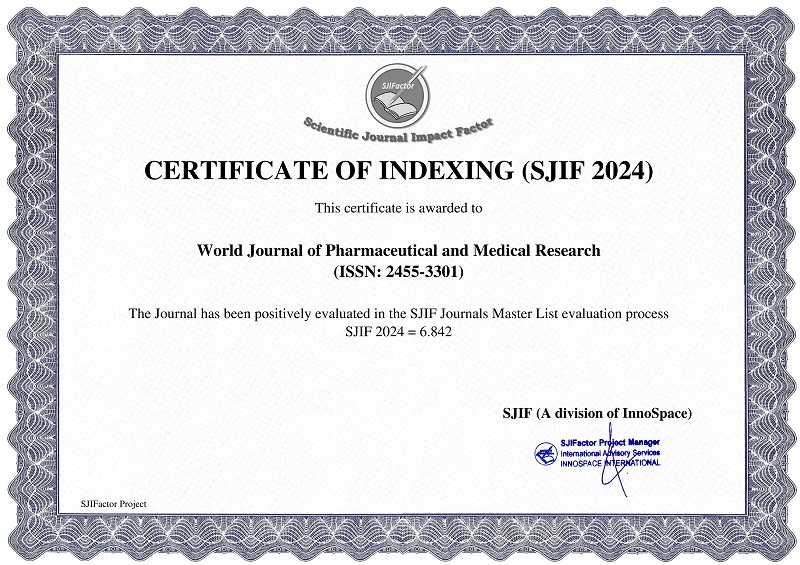PREVALENCE OF SURGICAL SITE INFECTIONS: BACTERIOLOGICAL PROFILE AND ANTIBIOTIC RESISTANCE (HCZ EXPERIENCE IN RABAT)
Dr. Diouri Rim* and Dr. Benouda Amina
ABSTRACT
Introduction: Surgical site infections (SSIs) represent a common and serious complication in surgery, which are responsible for significant morbidity and mortality. They represent a true public health concern due to both their frequency and substantial socioeconomic impact (1). This article aims to evaluate the prevalence of SSIs and to determine the bacteriological profile and antibiotic resistance of the bacteria responsible for these infections. Materials and Methods: This is a retrospective descriptive epidemiological study conducted on patients who underwent surgery at the HUICZ in Rabat between January 1, 2021, and April 1, 2024, and who developed a postoperative infection confirmed bacteriologically. Demographic, clinical, and microbiological data were collected and analyzed to identify the main risk factors and bacterial resistance patterns. Results: Out of the 2,735 patients who underwent surgery during the study period, 47 developed a postoperative infection, corresponding to an overall prevalence of 1.7%. The distribution by department revealed varying prevalence rates: 3.38% in neurosurgery, 2.14% in visceral surgery, 1.7% in traumatology, and 0.75% in urology. The most frequently isolated pathogen was Staphylococcus aureus, accounting for 25.5% of cases, followed by Escherichia coli (19%), KES group bacteria (17%), and Pseudomonas (12%). Conclusion: Surgical site infections represent a complication with a low frequency rate in the surgical departments of HUICZ. The implementation of targeted preventive measures, based on identified microbiological profiles and risk factors, is essential to reduce the incidence of these infections.
[Full Text Article] [Download Certificate]



